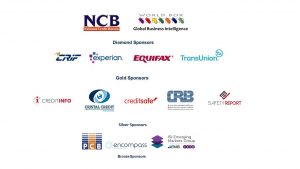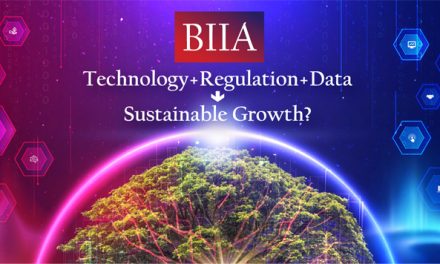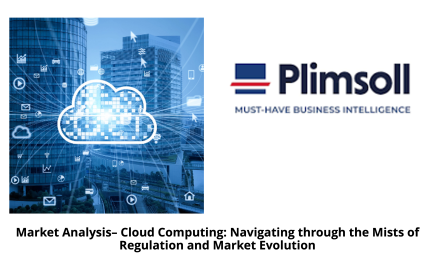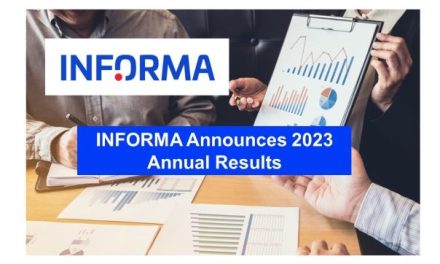There has been a lot of talk recently about the changes which are happening in the credit and credit information ecosystems and what the future will hold.
Our final panel session at the 2019 Biennial BIIA Conference will look to explore these changes and what that means for organizations granting credit and for those supporting these organizations such as credit information companies.
From a credit grantors perspective, whether it is finance from a bank or a supplier, or to a business or individual, we will be asking our esteemed panel of senior information industry executives what are the key changes that they see that are affecting the credit ecosystem through their interaction with credit grantors. It can be argued that granting credit is not just one type of risk assessment anymore. Lenders have not just to assess the risk of repayment but also numerous regulatory and compliance risks and the risk of financial crime. Identification is also a key type of risk assessment as businesses transact with other businesses and individuals more and more in a digital way. Within the context of AML and KYC, compliance forces credit grantors to take a closer look at individuals who are beneficial owners, proxy holders and sole trader, thus business information and information on individuals become intertwined.
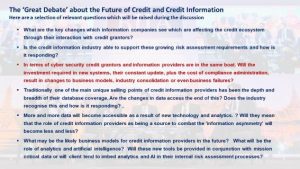 Is the credit information industry able to support these growing risk assessment requirements and how is it responding? Will we see new entrants, using new technology and new datasets, offering complimentary (or alternative) services to help lenders meet these growing requirements? How does the credit information industry view these new players? Are they here to stay? If they are what will be there role?
Is the credit information industry able to support these growing risk assessment requirements and how is it responding? Will we see new entrants, using new technology and new datasets, offering complimentary (or alternative) services to help lenders meet these growing requirements? How does the credit information industry view these new players? Are they here to stay? If they are what will be there role?
In terms of cyber security credit grantors and information providers are in the same boat. Cyber security has become a serious threat and a game changer to their respective businesses. Regulators are not bashful in imposing huge fines, but also enforce stringent new requirements as to how companies have to manage cyber security and privacy matters. Such requirements have recently been forced on Equifax and Facebook. In regard to the latter the company is required to install a new compliance system, a multi-layered incentive structure of accountability, transparency and oversight. Will the investment required in new systems, their constant update, plus the cost of compliance administration, result in changes to business models, industry consolidation or other more serious consequences?
One of the main changes in the credit information ecosystem is the availability of data, with more and more data accessible as a result of new technology and analytics. We are seeing more and more initiatives that are ‘freeing’ up data for use in risk assessment – PSD2 in Europe and other open data type initiatives around the world. Are these new data sources a threat or an opportunity for the credit information industry? Will they mean that the role of credit information providers as being a source to combat the ‘information asymmetry’ will become less and less?
Traditionally one of the main unique selling points of credit information providers has been the depth and breadth of their database coverage. Are the changes in data access the end of this? Does the industry recognize this and how is it responding?
Future perspectives: What may be the likely business models for credit information providers in the future? What will be the role of analytics and artificial intelligence? Will these new tools be provided in conjunction with mission critical data or will client tend to imbed analytics and AI in their internal risk assessment processes?
New technology, open data initiatives and the increasing focus on individuals rights regarding privacy and access to data is challenging the traditional data ‘ownership’ model for the credit industry. No longer are credit providers seen as ‘owners’ of the data about a business or individual but more a ‘custodian’. Businesses and individuals are now more aware of the value of their data and we are starting to move to a ‘push’ data model (where the business or individual makes their data available) as opposed to a ‘pull’ model where lenders obtain the data as part of a transaction. How is the credit and credit information industry responding to this? Will their customer be more the ‘end user’ than the ‘intermediary’?
So what is the future for the credit and credit information ecosystem? Register for the conference to hear the views of senior information industry executives and participate in the debate which will follow.
 To register click here. To view the agenda click here. Who is speaking? Click here.
To register click here. To view the agenda click here. Who is speaking? Click here.
If you would like to add your own questions, please feel free to contact the moderator: Neil Munroe at neilm@crsinsights.com

